The Guilty AKA Den skyldige
- 7.5
- Crime
- 2018
- 1h 25m
- PG-13
a gripping Danish thriller directed by Gustav Möller, starring Jakob Cedergren as a troubled emergency dispatcher who becomes entangled in a kidnapping case over the phone. Taut, claustrophobic, and brilliantly acted, this edge-of-your-seat drama explores guilt, morality, and the power of imagination in one of the most intense one-location thrillers of the decade.

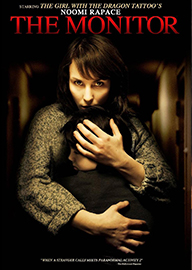
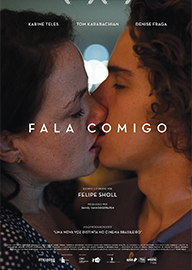
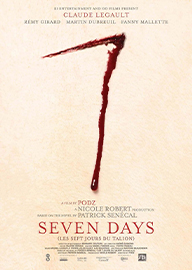

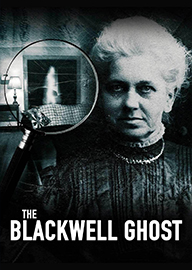
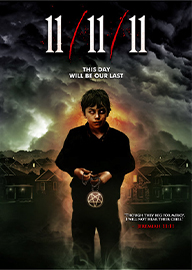
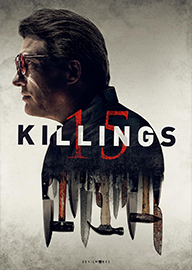
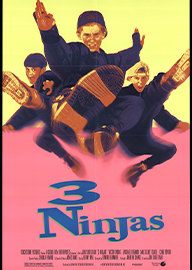
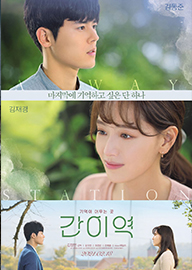
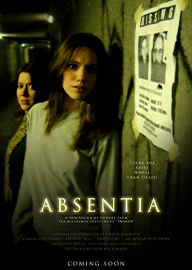

Comments
0Reviews
0Summery
1Please sign in to comment.
Please sign in to review.
The Guilty (2018) is an extraordinary cinematic achievement that redefines how suspense and drama can be constructed through minimalist storytelling. Directed by Gustav Möller and starring Jakob Cedergren, the Danish film unfolds almost entirely within the confines of an emergency call dispatch center, proving that with a powerful script, precise direction, and masterful performance, a film does not need multiple locations or action sequences to deliver heart-pounding tension. The story follows Asger Holm, a police officer temporarily assigned to emergency call duty, who receives a disturbing call from a kidnapped woman. What begins as a routine night shift spirals into a harrowing ordeal that tests his instincts, his morals, and ultimately, his understanding of guilt. The brilliance of the film lies not only in its narrative but also in its execution, as it places viewers in the same claustrophobic environment as the protagonist, forcing them to rely on sound, dialogue, and imagination to construct the terrifying events taking place beyond the walls of the call center.
At the heart of The Guilty is the character of Asger Holm, played with raw intensity by Jakob Cedergren. Asger is not portrayed as a flawless hero; instead, he is deeply flawed, short-tempered, and haunted by past mistakes. His suspension from active duty, hinted at throughout the film, serves as a shadow hanging over his actions. When he answers the call of Iben, a woman claiming to be abducted, he seizes the opportunity to redeem himself—not only as a police officer but also as a human being searching for a sense of moral clarity. His determination to save her goes beyond professional duty; it becomes personal, almost obsessive. Through his interactions with colleagues, his curt mannerisms, and his growing desperation as the call unfolds, the audience sees a man wrestling not only with the situation at hand but also with his own conscience. This layered characterization is what makes Asger compelling and relatable, as his flaws mirror the imperfections of real people faced with high-stakes moral decisions.
The film’s narrative structure is deceptively simple but remarkably effective. Nearly all of the tension comes from phone calls—between Asger and the kidnapped woman, between Asger and potential witnesses, and between Asger and other officers tasked with investigating the case on the ground. Each call adds new information, heightens suspense, and shifts the audience’s perception of what is really happening. By restricting the perspective to Asger’s point of view, the director forces the viewer to experience the same uncertainty, frustration, and moments of revelation that Asger does. This approach transforms the audience into active participants, piecing together the truth from fragments of overheard conversation, rushed reports, and emotional reactions. The result is a film that keeps viewers engaged not through spectacle but through psychological involvement, demanding that they fill in the gaps with their own imagination.
What makes The Guilty stand out in the thriller genre is its ability to generate suspense entirely through suggestion. There are no visual depictions of the kidnapping, no chase sequences, and no violent confrontations. Instead, everything is conveyed through sound—the trembling voice of the kidnapped woman, the muffled background noises during calls, the urgency in Asger’s tone, and even the silence that follows when connections drop. This reliance on auditory storytelling creates a unique cinematic experience, as the mind constructs vivid imagery of terror without the need for explicit visuals. The minimalism also intensifies the emotional weight of the story, as every detail carries significance, and every pause feels loaded with meaning. By stripping away the distractions of typical thriller conventions, The Guilty forces viewers to confront the raw essence of fear, guilt, and responsibility.
As the story progresses, the film cleverly manipulates expectations. At first, the situation seems straightforward: a woman kidnapped by her estranged husband, calling for help while trapped in a moving vehicle. Asger, like the audience, assumes he is dealing with a standard abduction scenario. He mobilizes resources, directs patrol cars, and improvises solutions, all while juggling the limitations of his position behind a desk. However, as more information surfaces, the truth becomes murkier, and Asger realizes that the case is far more complex than it appeared. Without revealing spoilers too directly, the film uses twists not as cheap gimmicks but as revelations that force both Asger and the audience to question their assumptions and confront uncomfortable truths about judgment, prejudice, and the human tendency to leap to conclusions. These narrative turns elevate the film beyond mere suspense, transforming it into a profound meditation on guilt and the consequences of our choices.
The title itself, The Guilty, resonates on multiple levels. On the surface, it refers to the crime under investigation and the perpetrator responsible for the kidnapping. But as the story unfolds, it becomes clear that guilt extends beyond the obvious criminals. Asger himself is guilty—guilty of arrogance, of rash decisions, and of past actions that led to his suspension. The callers he interacts with, too, reveal layers of guilt, whether through complicity, neglect, or misguided attempts at protection. The film’s refusal to draw clear moral boundaries reflects real life, where guilt is often shared, ambiguous, and deeply personal. By the time the credits roll, the audience is left reflecting on the many ways in which guilt manifests in human lives, and how even good intentions can lead to devastating consequences.
Jakob Cedergren’s performance is the cornerstone of the film’s success. Carrying almost the entire story on his shoulders, he delivers a portrayal that is both restrained and explosive. His facial expressions, often subtle and quiet, speak volumes about his inner turmoil. His voice, shifting between calm professionalism and raw frustration, communicates the mounting pressure he feels as the case spirals out of control. Cedergren makes Asger believable not as a stereotypical movie cop but as a flawed human being caught in an extraordinary situation. His ability to sustain tension and emotional depth for ninety minutes without the aid of co-actors physically present on screen is a testament to his talent and commitment.
Director Gustav Möller deserves equal praise for crafting a debut feature that feels both innovative and timeless. Inspired by real emergency call recordings, Möller designed the film to play out in real time, enhancing the immediacy of the experience. His decision to confine the narrative to a single location was not a limitation but a deliberate creative choice that maximized immersion. The cinematography, while understated, complements the claustrophobic atmosphere, using tight framing and dim lighting to reflect Asger’s mental state. The editing maintains a brisk yet controlled pace, ensuring that the tension never wanes even in moments of silence. The sound design, perhaps the most crucial element, is meticulously crafted to capture every nuance of the phone conversations and ambient noises, immersing the audience fully in Asger’s auditory world.
Upon its release, The Guilty garnered widespread critical acclaim, earning awards and nominations at major film festivals, including Sundance, where it won the Audience Award. Critics praised its innovative approach, gripping tension, and powerful central performance, often comparing it to classics of minimalistic cinema such as Locke (2013) and Phone Booth (2002), while acknowledging its distinct Scandinavian flavor of psychological realism. Audiences responded to its ability to keep them on the edge of their seats without relying on conventional action, proving that storytelling and character depth can create just as much adrenaline as explosions and car chases.
In retrospect, The Guilty stands as one of the most significant thrillers of the late 2010s, not only for its cinematic craftsmanship but also for its exploration of universal themes. It challenges viewers to consider their own biases, their rush to judgment, and the weight of their decisions. It reminds us that guilt is not confined to criminals but is a burden shared by all who act without full understanding of the consequences. Most importantly, it demonstrates that cinema can achieve maximum impact with minimal means, relying on creativity, performance, and storytelling rather than spectacle. For aspiring filmmakers, it serves as a masterclass in how limitations can inspire innovation. For audiences, it remains a haunting, unforgettable experience that lingers long after the credits.